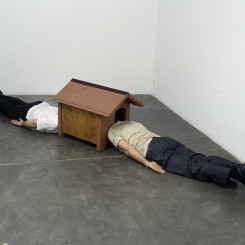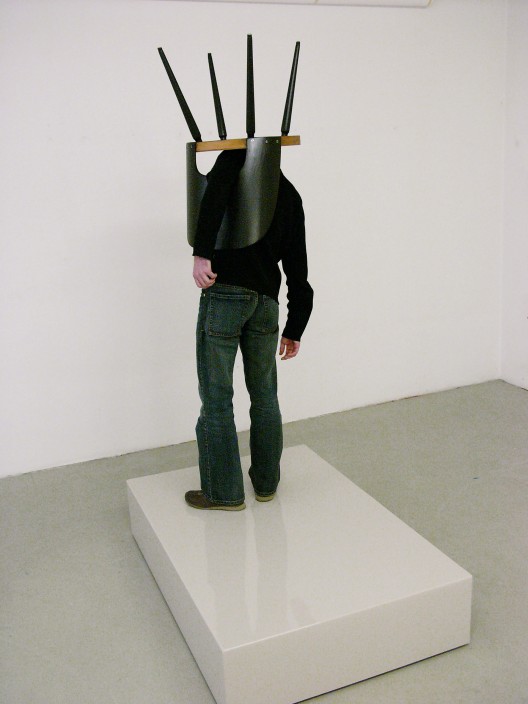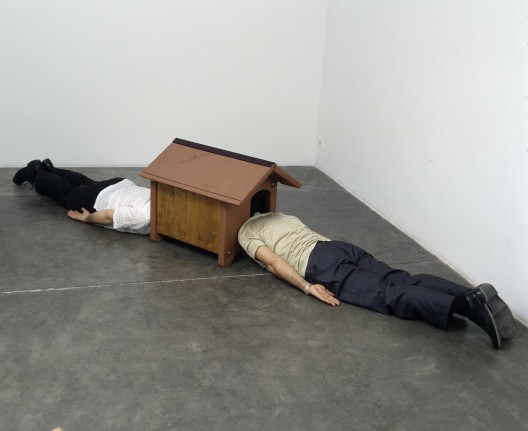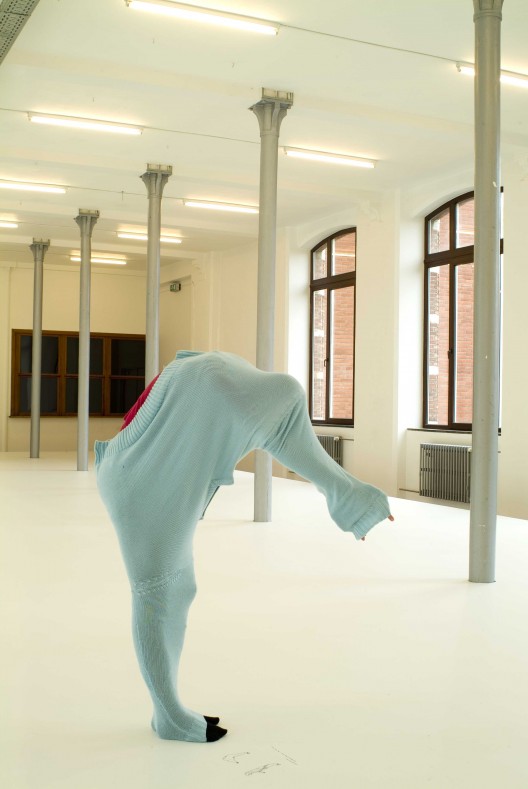This piece is included in Ran Dian’s print magazine, issue 4 (Winter 2016–2017)
Dear S.,
Have you ever seen an exhibition you enjoyed all the way through? In the middle of an exhibition’s journey, as a curator, all we can do is bear the pain—this accumulation of “stuff” mid-way—and hope still to create value before the opening. Right now I am at this mid-point, enjoying the sense of emptiness brought on by the monotony of daily toil. It is pretty terrible for the curator to feel vexed during this time, isn’t it? But people ought not to be institutionalized, and contemporary art should not lack a face.
Nevertheless, like a sorcerer in one of those ceremonial processions, I am going through the motions; I lose all sense of time, throwing myself into the exhibition “scene” so far produced, buzzing around, exhausted. The night before the opening of an exhibition, I always feel that a deity ambles through the exhibition space to protect the integrity of every show. All the chaos, hypocrisy, and barbarism accrued along the way are completely purged by this figure; even when you realize every detail of the exhibition is dotted with holes, this being somehow manages to cast a benign light over the entire show. Perhaps this is what we call a miracle, transforming mud into diamonds. A few days ago at an opening dinner, a curator I adore said to the artists whose work was on display, “Thank goodness we’ve managed to muddle through with this exhibition.” I can relate to this remark; he is someone who knows how to be grateful.
I am afraid I believe in such miracles. That’s why I’m not that worried about what’s going on right now. This immersion in hard work, though, is all my own doing, and is driven by my own vulnerability. The travails I subject myself to have no particular significance, except that they exacerbate the time pressure to such a point that it becomes impossible for me to sense the emptiness inside.
We tend to exaggerate the conflicts between curators and artists. But aren’t these just like any conflict between different people? The road map for an exhibition is always clearly laid out, but our thinking fluctuates around it. Are we merely trying to construct arguments against the opinions of others? We always talk about “effectiveness” and “possibility”. And yet, while we might be clearly aware of what the best outcome of the exhibition could be, the impossibilities are doubtless far richer than the possibilities we can imagine. Perhaps I shouldn’t say such things, but I don’t want to masquerade as a martyr just by keeping quiet. That is something I am particularly afraid of becoming.
Now it appears that this kind of self-doubting curatorial practice is perhaps all the more persuasive (after all, do we need a “correct” exhibition?). If I truly believe in the deity mentioned above, I should hold onto that faith despite my own doubts, rather than giving up the struggle and expecting him or her to come to my rescue. If I did, I probably wouldn’t feel astray at this point in time. In this way, the arguments I’ve had with the artists these last couple of days have been a good thing after all—we must be surrounded by impossibilities in order to find a way to ascend. The death of criticism which has perturbed me is unexpectedly remedied through this type of dissent. Curators (critics) reject artists’ proposals in projects with shaky, shifting themes while artists relentlessly criticize curators’ self-righteousness. Proposals are repeatedly amended and polished until all impossibilities are eliminated—following the only flickering light left.
Dear S., between these pedantic and insipid lines, do you sense my determination? Curating is an undertaking of free will, and of predestination. Along the journey of an exhibition, we ought to pause from time to time, looking back at ourselves, and try not to get tied down by mundane work, helplessly being pushed forward.
Yours,
L.






